Napa Valley is one of a few growing regions in the world where it's possible to create Bordeaux-style wines that actually rival the wines of Bordeaux. So, why is that? And why is it important?
In the world of wine, few regions evoke the same reverence and admiration as Napa Valley in California and Bordeaux in France. These two viticultural powerhouses, separated by continents and cultures, share more similarities than meets the eye.
Beyond their lush landscapes and storied histories, Napa Valley and Bordeaux are bound by a deep connection rooted in their terroir, winemaking traditions, and pursuit of excellence. Here, we uncork four compelling reasons why these two regions are more alike than they are different, and how Napa Valley is uniquely poised to produce Bordeaux-styled wines of comparable taste and quality.
The similarities of terroir between Napa and Bordeaux
Both Napa Valley and Bordeaux boast diverse terroirs that contribute to the complexity and character of their wines. In Napa Valley, the combination of Mediterranean climate, varied soil types, and microclimates nurtures a rich tapestry of terroirs, from the volcanic slopes of Howell Mountain to the gravelly alluvial plains of Rutherford.
Similarly, Bordeaux's terroir is shaped by its proximity to the Atlantic Ocean, with a mosaic of gravel, clay, limestone, and sandy soils blanketing its landscape. These distinct terroirs imbue the grapes with unique flavors, textures, and aromas, laying the foundation for wines of exceptional quality and depth.
The grape varieties of Napa and Bordeaux
Bordeaux gained renowned for its traditional grape varieties, including Cabernet Sauvignon, Merlot, Cabernet Franc, Petit Verdot, and Malbec. These five varietals comprise the core blend of most Bordeaux wines.
Early Napa pioneers, like Robert Mondavi, discovered that these same Bordeauxs varietals gew beuatifully in the valley, for all the reasons mentioned above. Within a few decades, Napa Valley emerged as a global leader in cultivating these varietals with remarkable success.
The region's affinity for Bordeaux grapes is evident in its acclaimed Cabernet Sauvignon, Merlot, and Cabernet Franc wines, which mirror the elegance, structure, and balance of their French counterparts. Moreover, Napa Valley's experimentation with diverse clones, rootstocks, and winemaking techniques has further elevated the quality and complexity of its Bordeaux-styled wines, and offers a tantalizing glimpse into the future of winemaking.
Winemaking Traditions: Old World meets New World
Despite their geographical distance, Napa Valley and Bordeaux share a common reverence for winemaking traditions passed down through generations.
In Bordeaux, centuries-old châteaux and venerable estates stand as guardians of tradition, preserving the artistry and craftsmanship of winemaking. Similarly, Napa Valley's winemakers pay homage to the past while embracing innovation, blending Old World techniques with New World ingenuity to craft wines of unparalleled distinction.
From hand-harvesting and oak barrel aging to meticulous blending and cellaring, the winemaking practices employed in both regions reflect a shared commitment to excellence and a relentless pursuit of perfection.
The pursuit of excellence
At the heart of Napa Valley and Bordeaux lies a shared ethos centered on the relentless pursuit of excellence. Whether striving to achieve optimal ripeness in the vineyard or meticulously crafting blends in the cellar, winemakers in both regions are driven by a passion for quality and an unwavering dedication to their craft.
This pursuit of perfection extends beyond the bottle, encompassing sustainable viticulture practices, community engagement, and a commitment to preserving the land for future generations. By upholding these values and embracing the symbiotic relationship between tradition and innovation, Napa Valley and Bordeaux continue to set the standard for fine wine production on a global scale.
In conclusion, the similarities between Napa Valley and Bordeaux are as striking as they are profound. From their diverse terroirs and embrace of traditional grape varieties to their reverence for winemaking traditions and shared pursuit of excellence, these two regions are united by a common vision: to produce wines of unparalleled quality, character, and distinction.
It's for these reasons when David Choi and his vintner partners chose Napa Valley as the origin for Magna Carta Cellars. With its unique combination of terroir, grape varieties, winemaking techniques, and commitment to excellence, Napa Valley is not merely capable of producing Bordeaux-styled wines—it is poised to redefine the benchmark for what constitutes a truly exceptional Bordeaux-style wine, worthy of comparison to its Old World counterparts.

